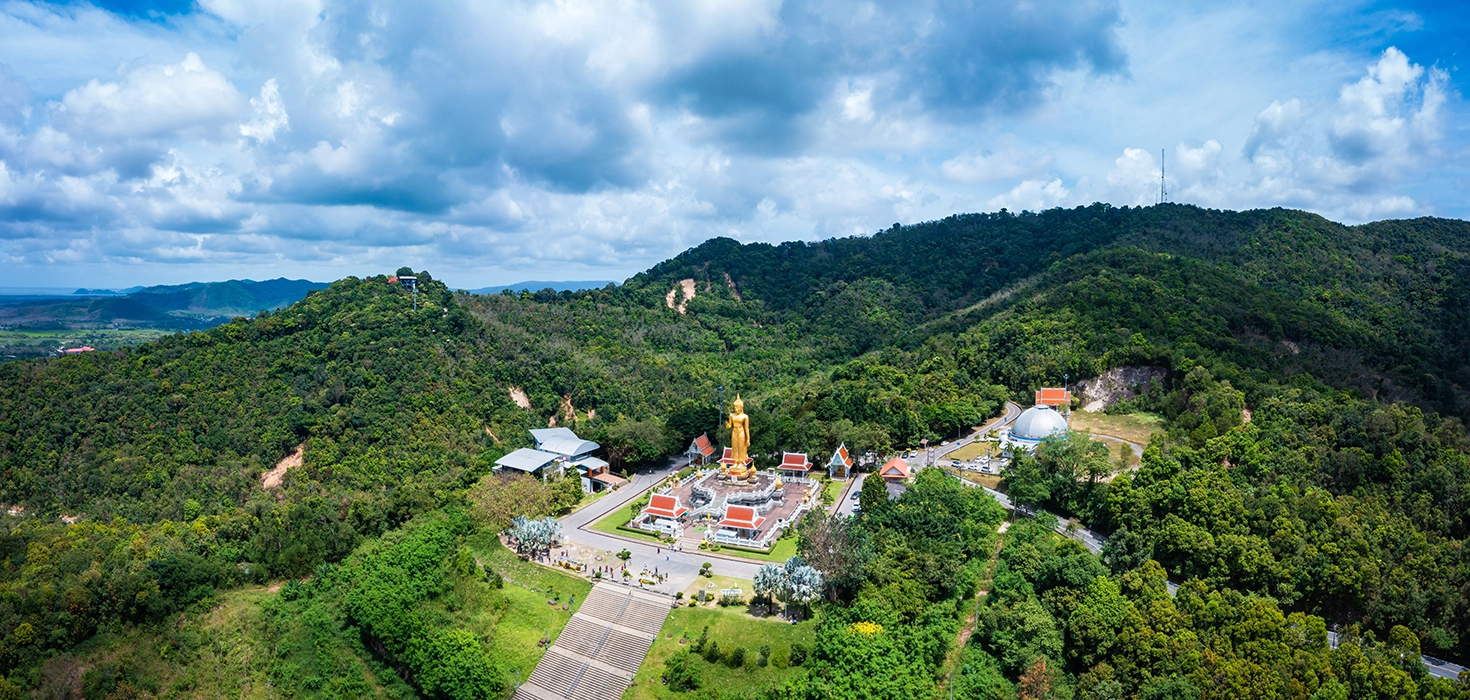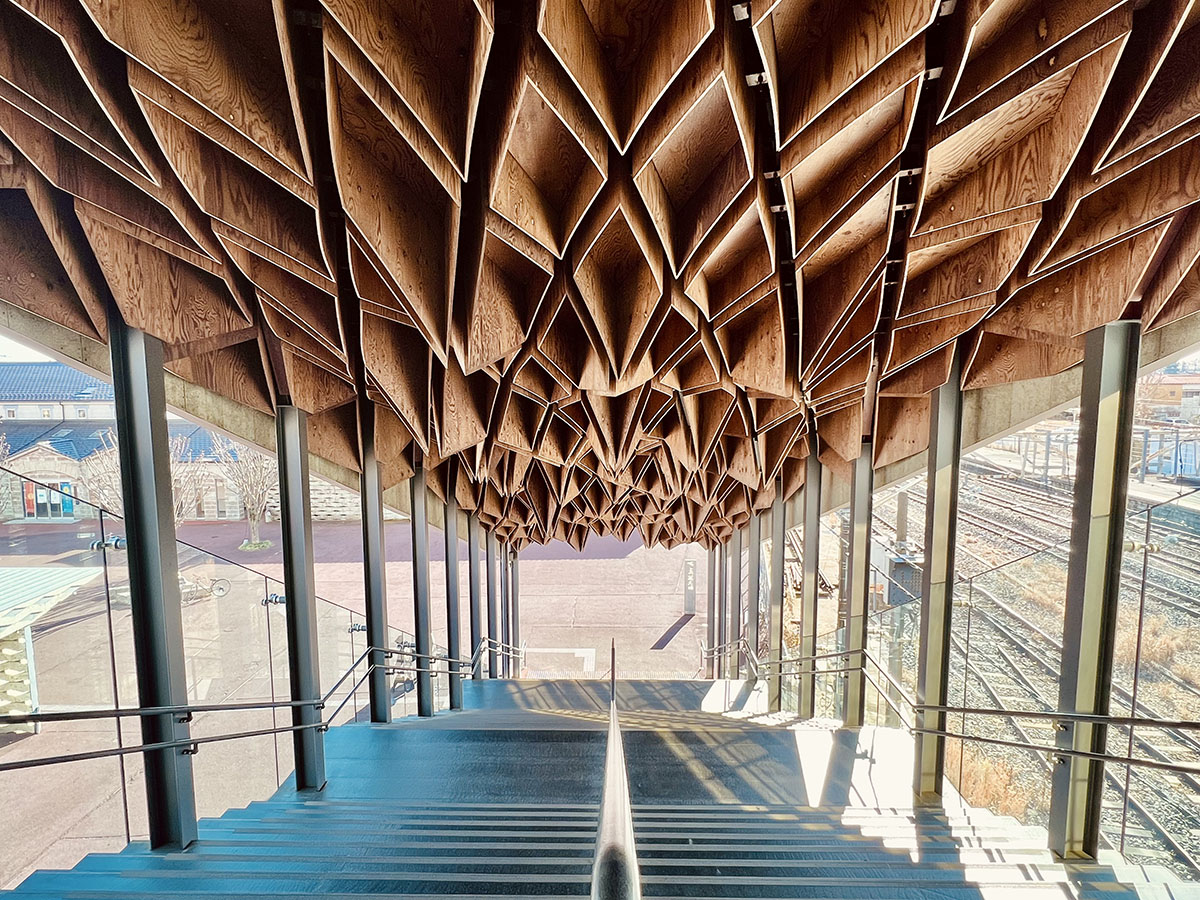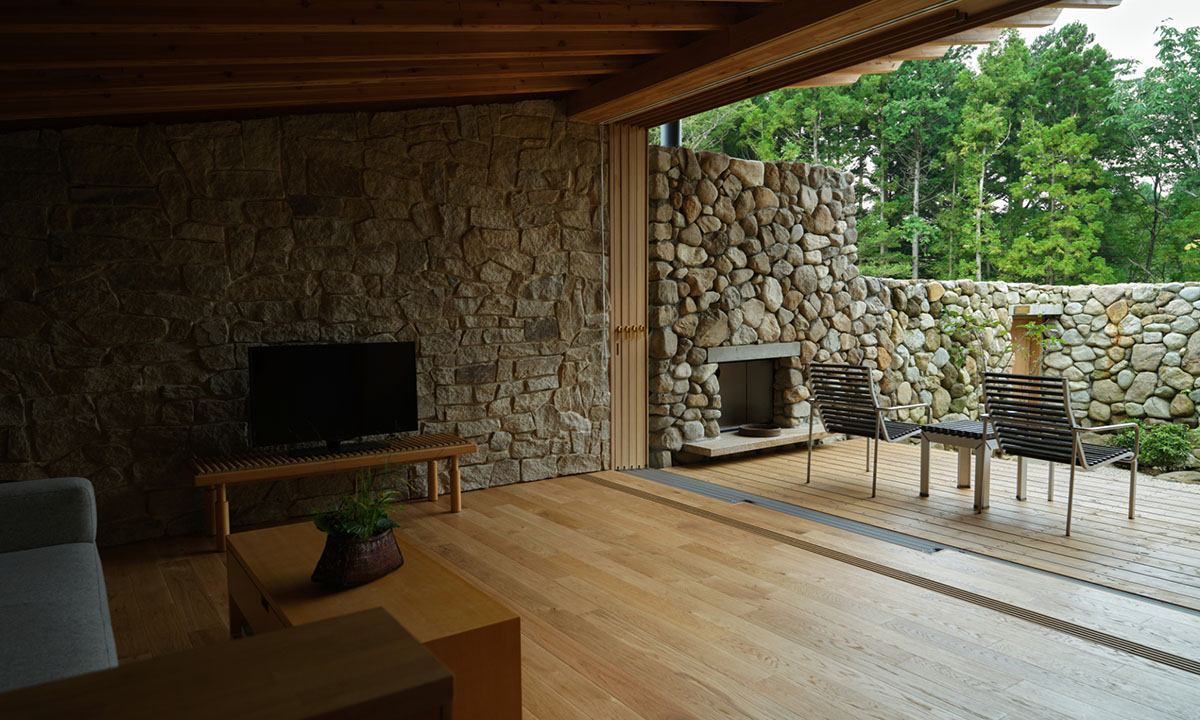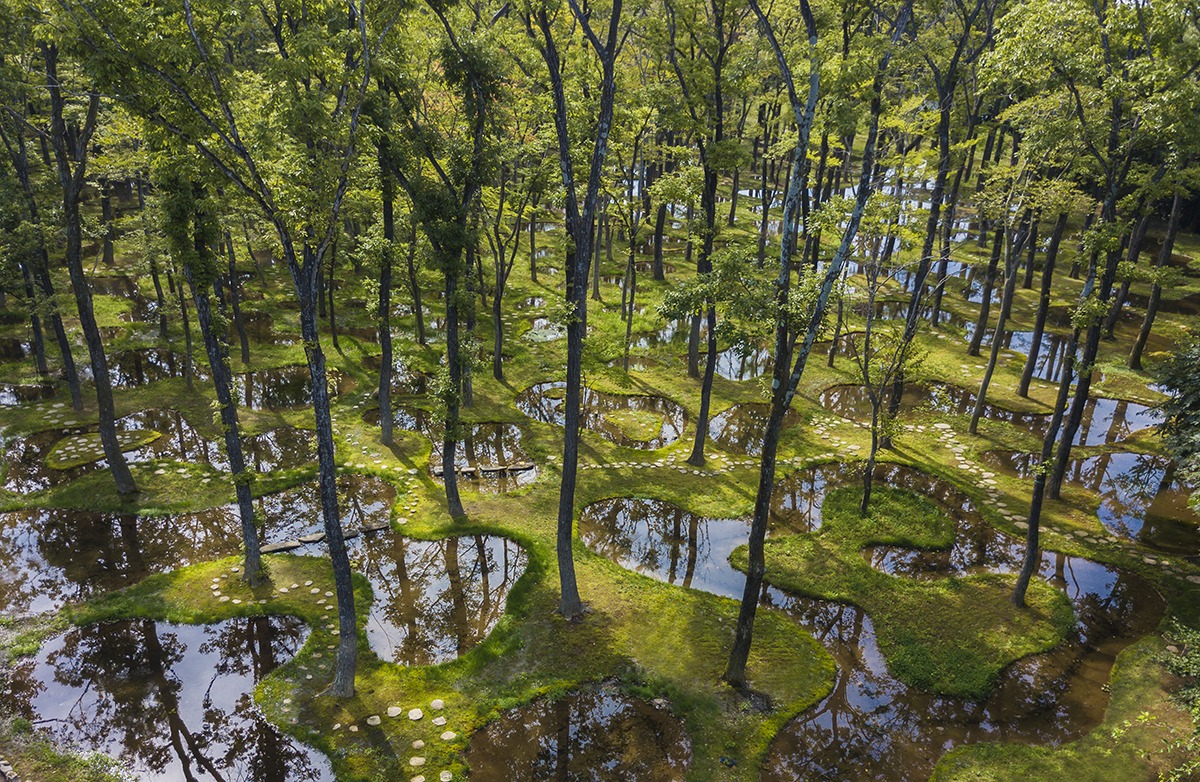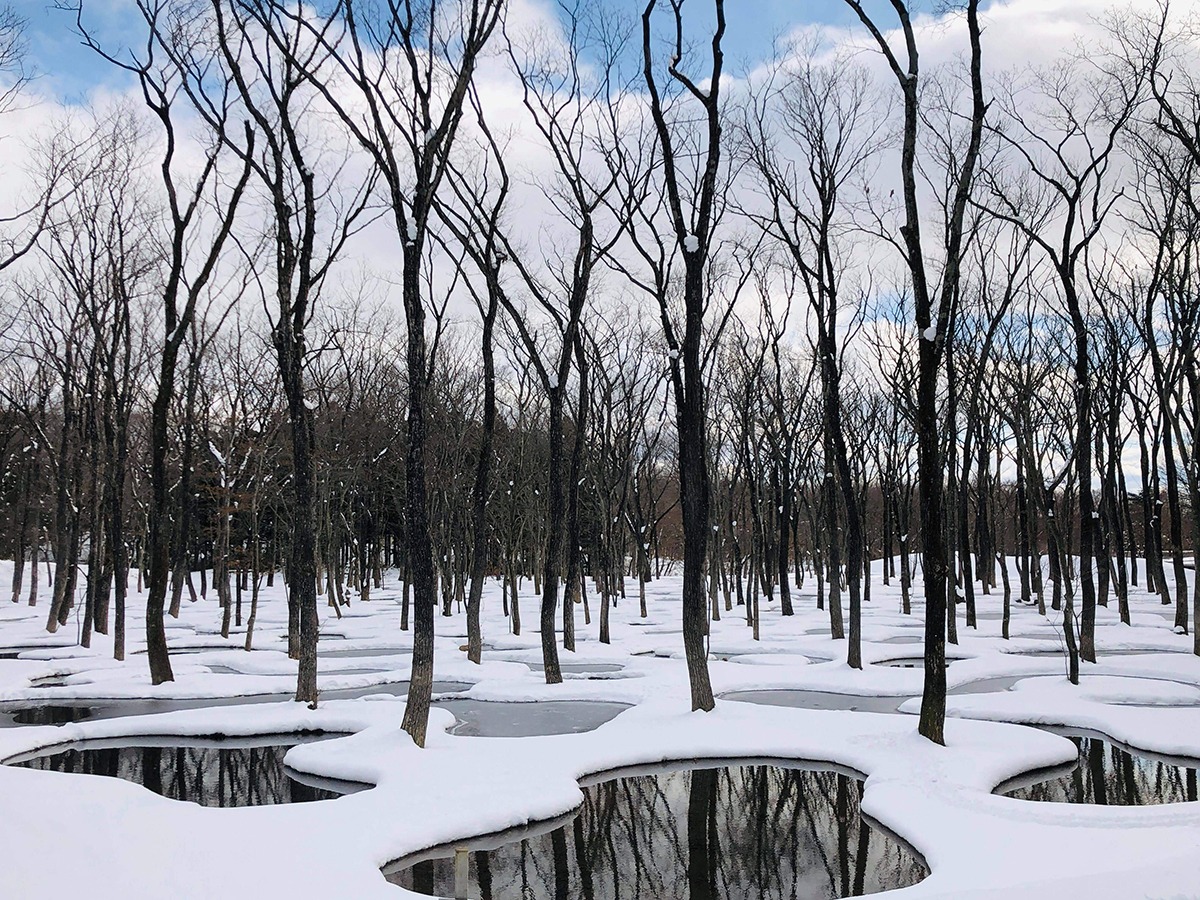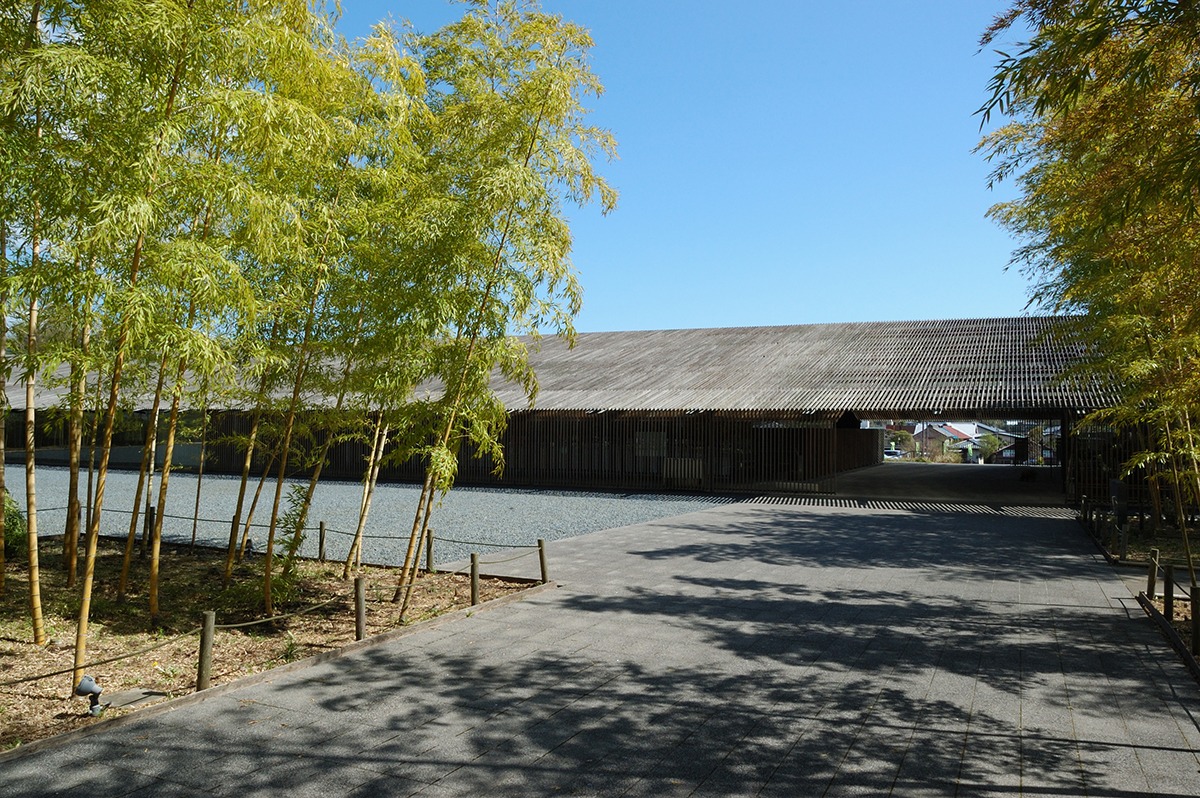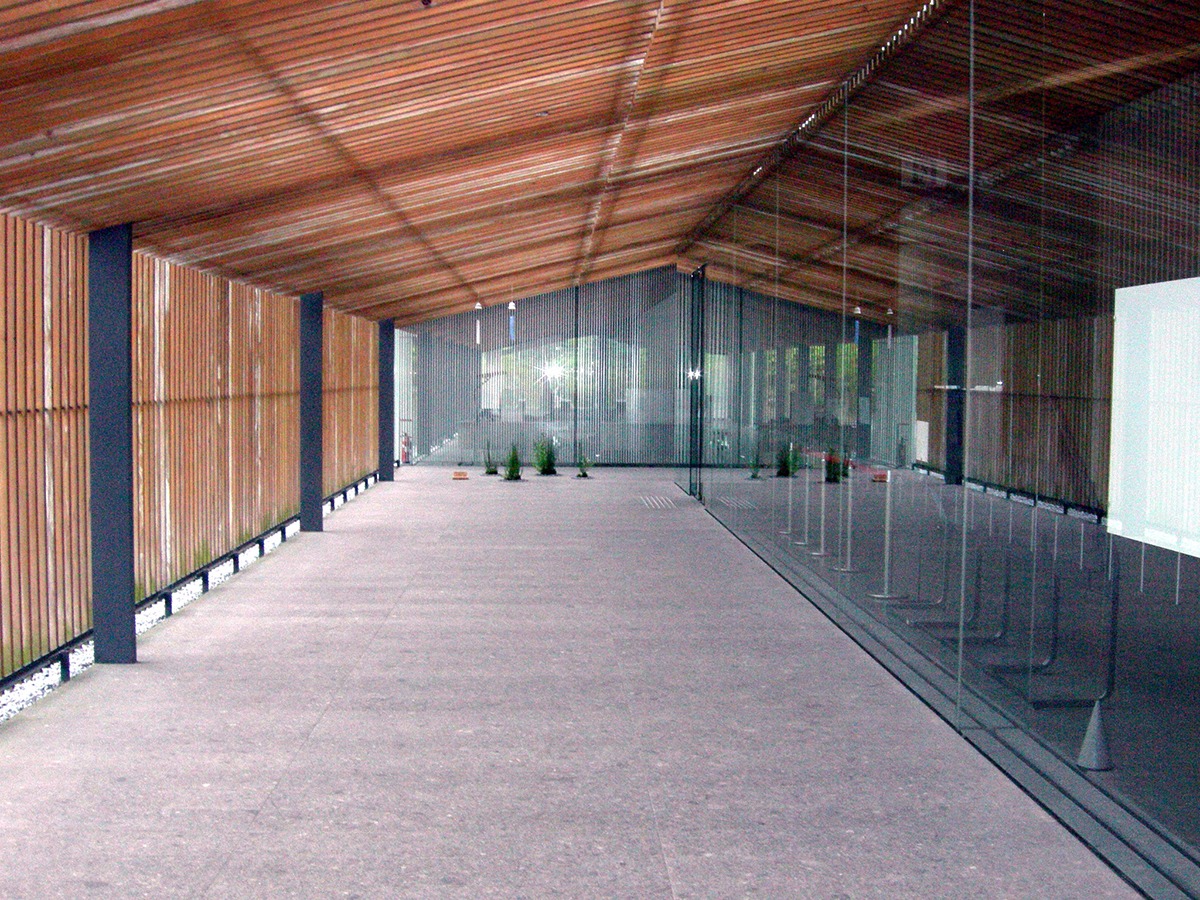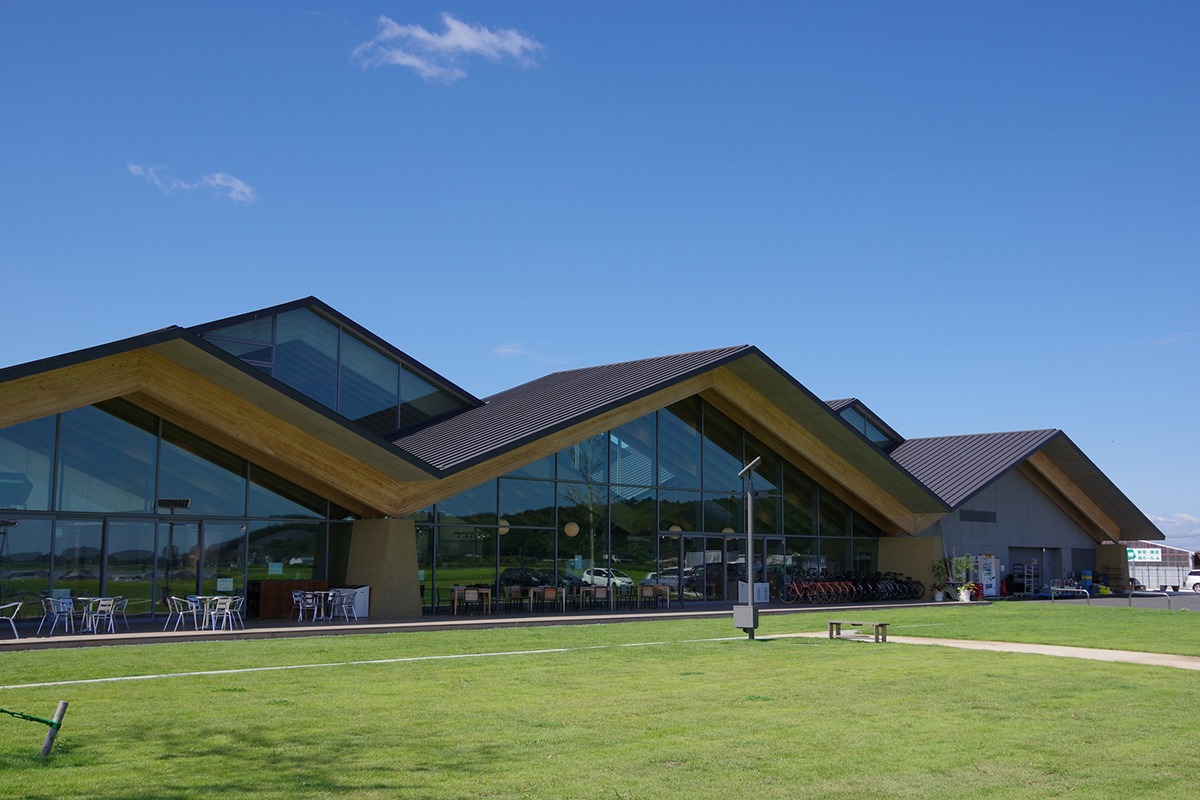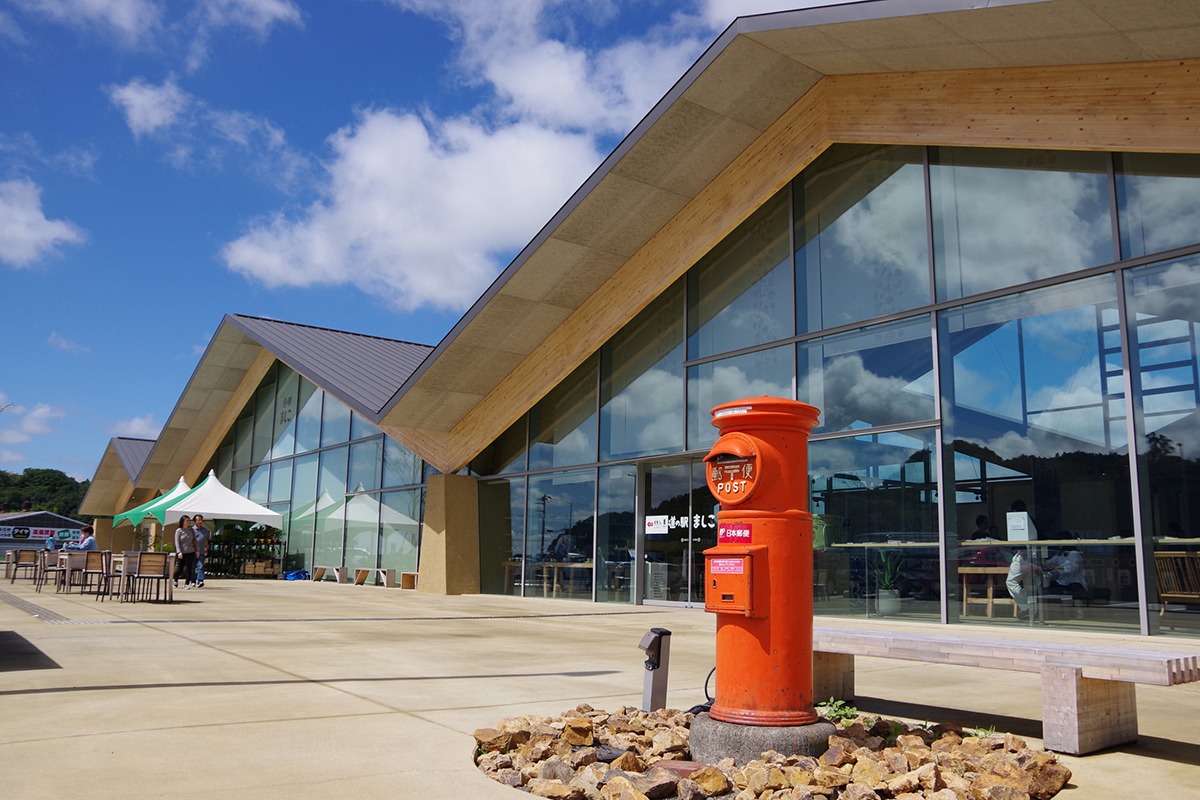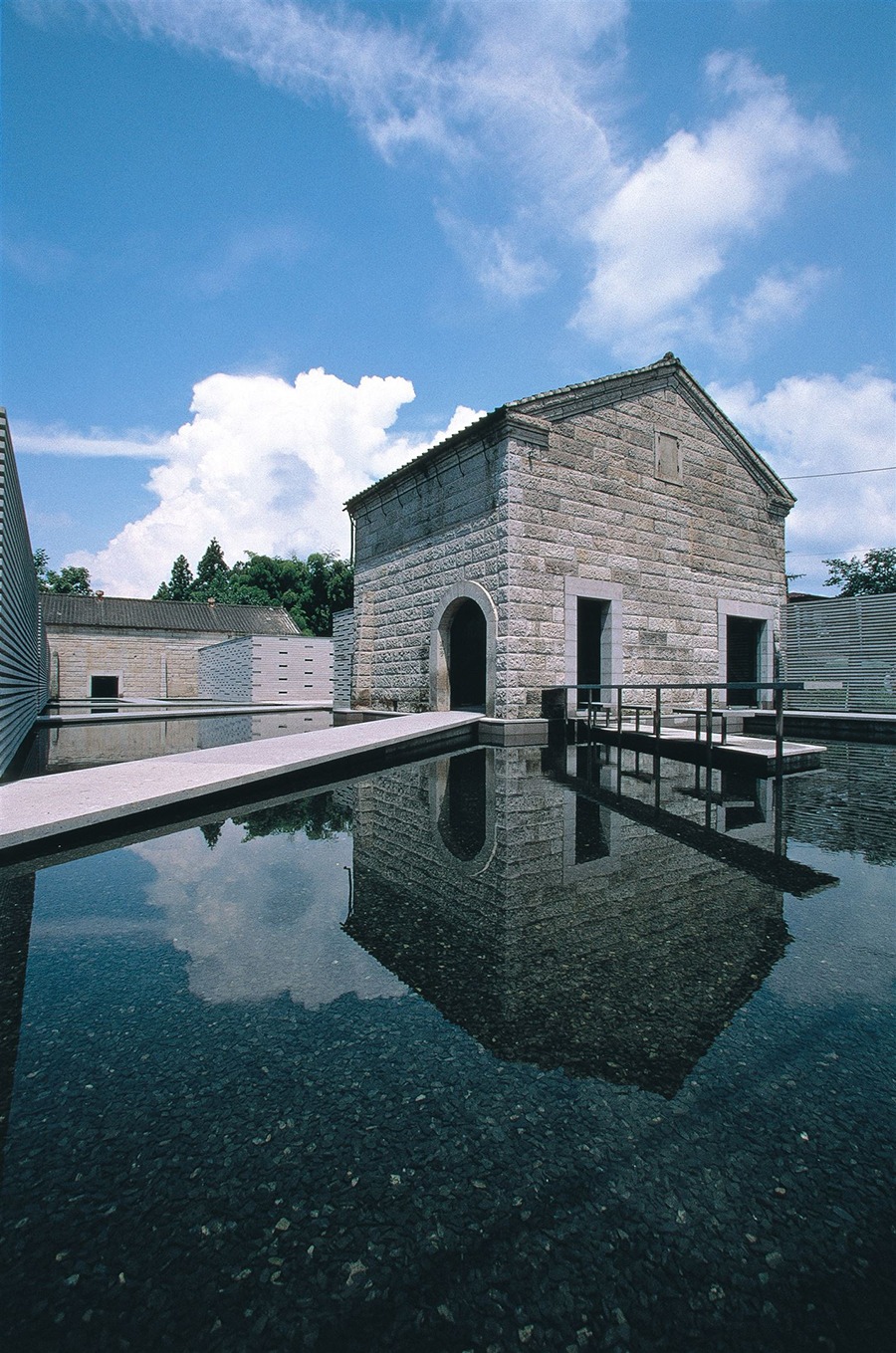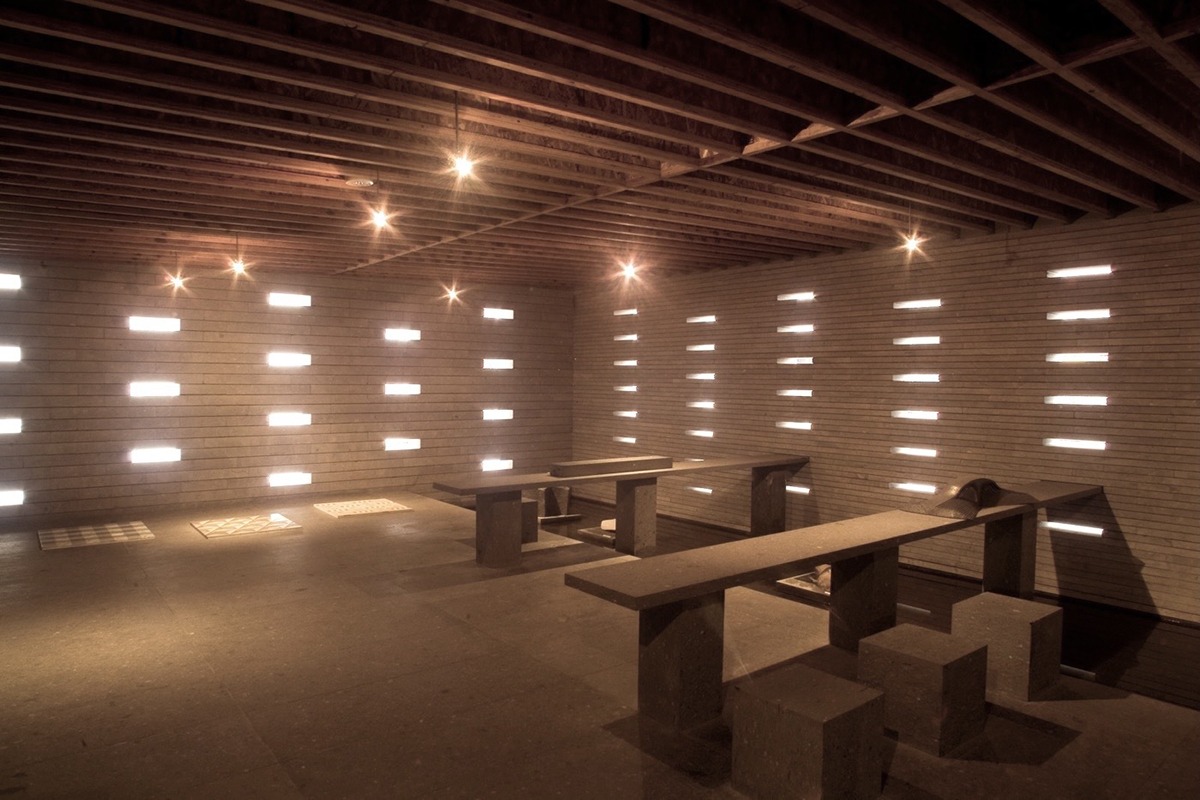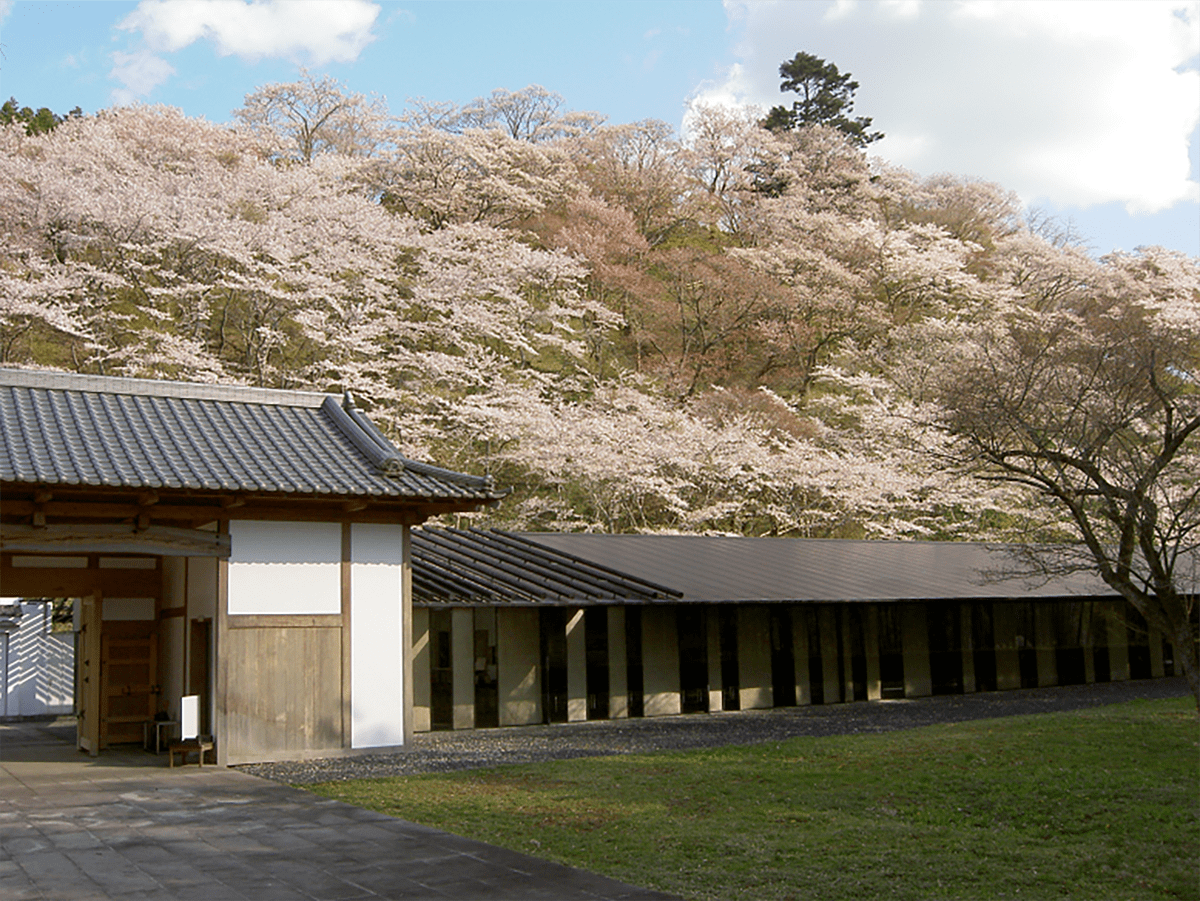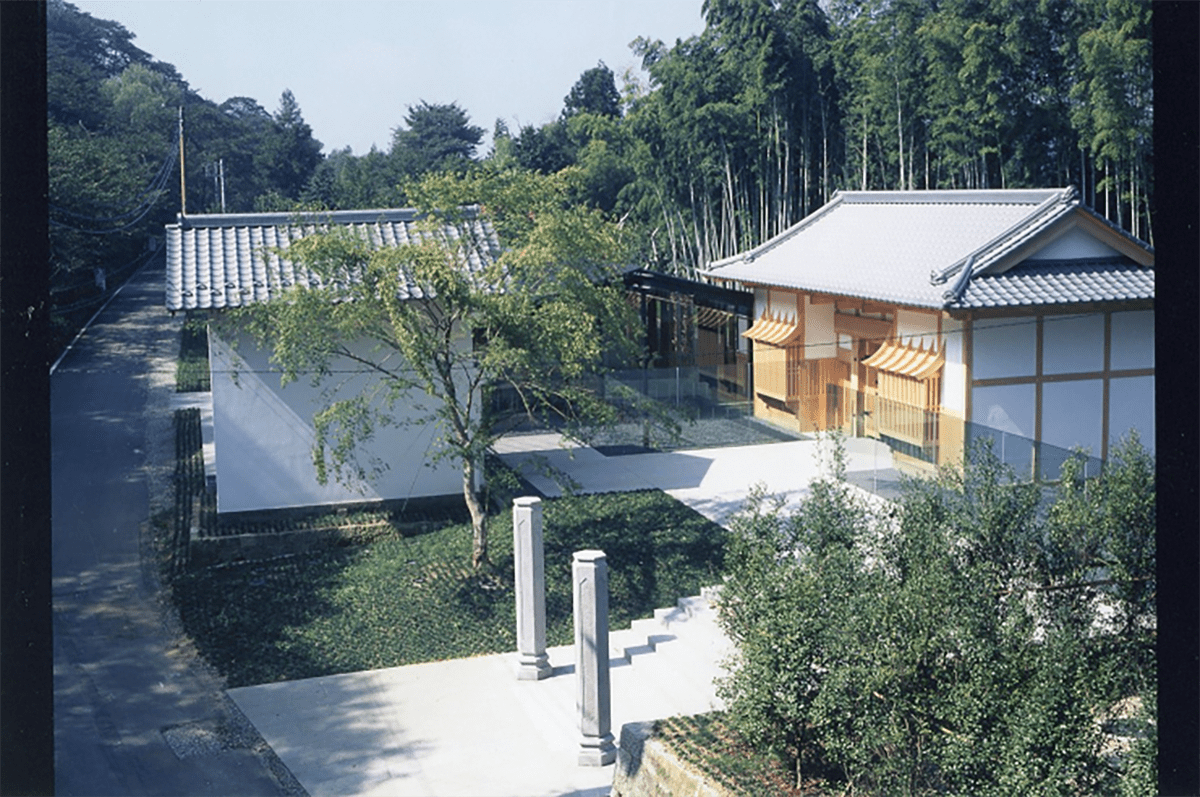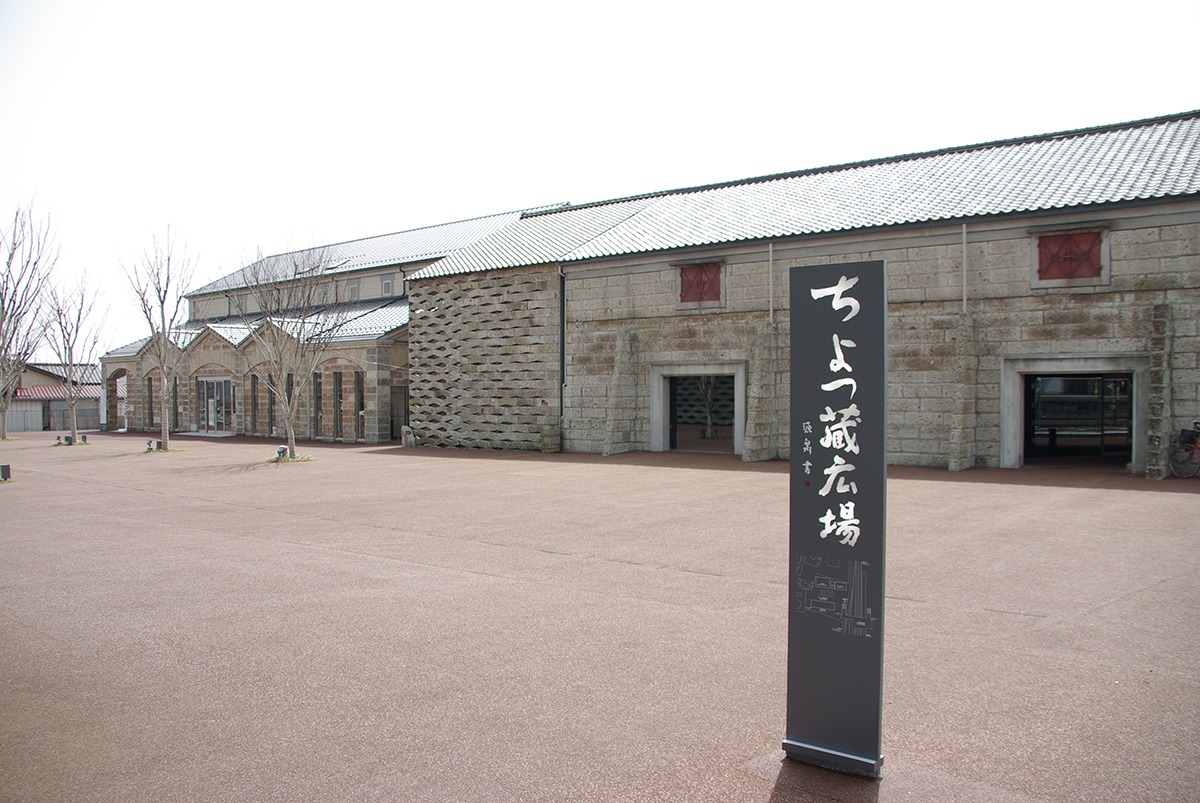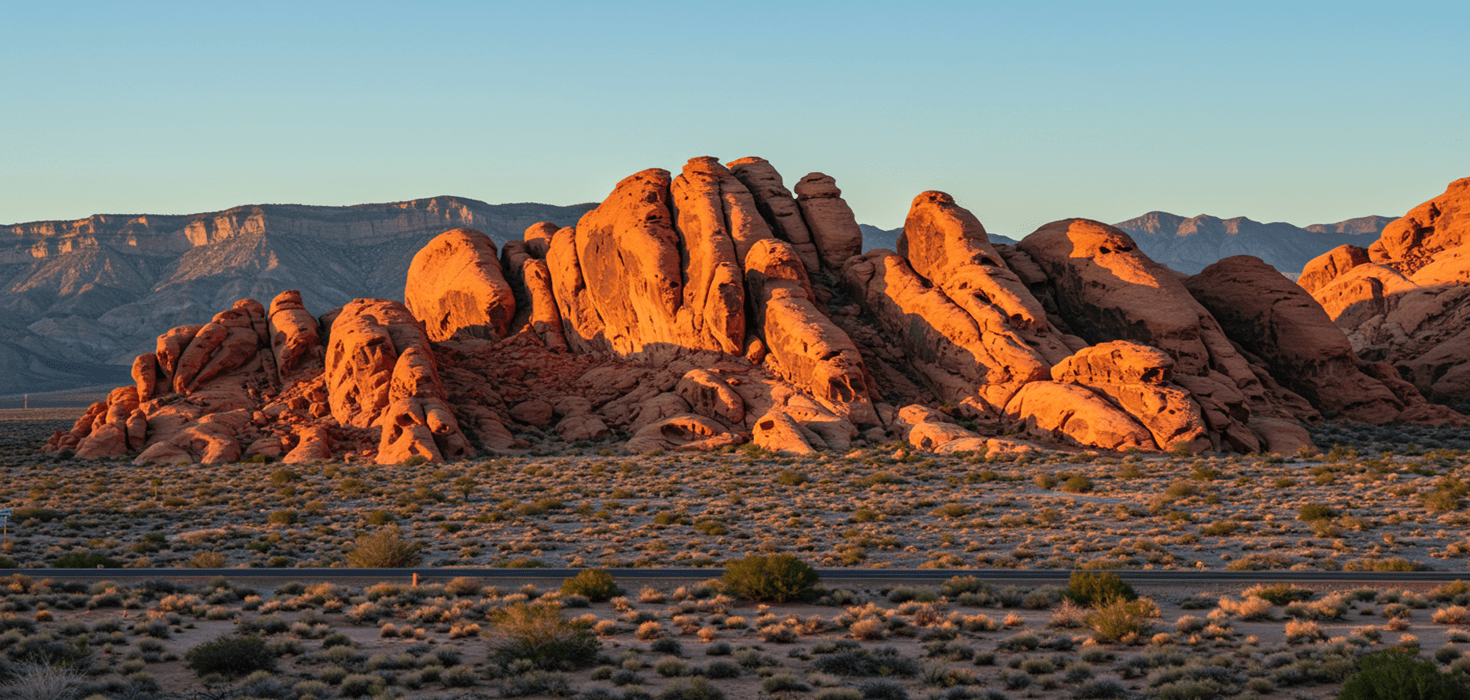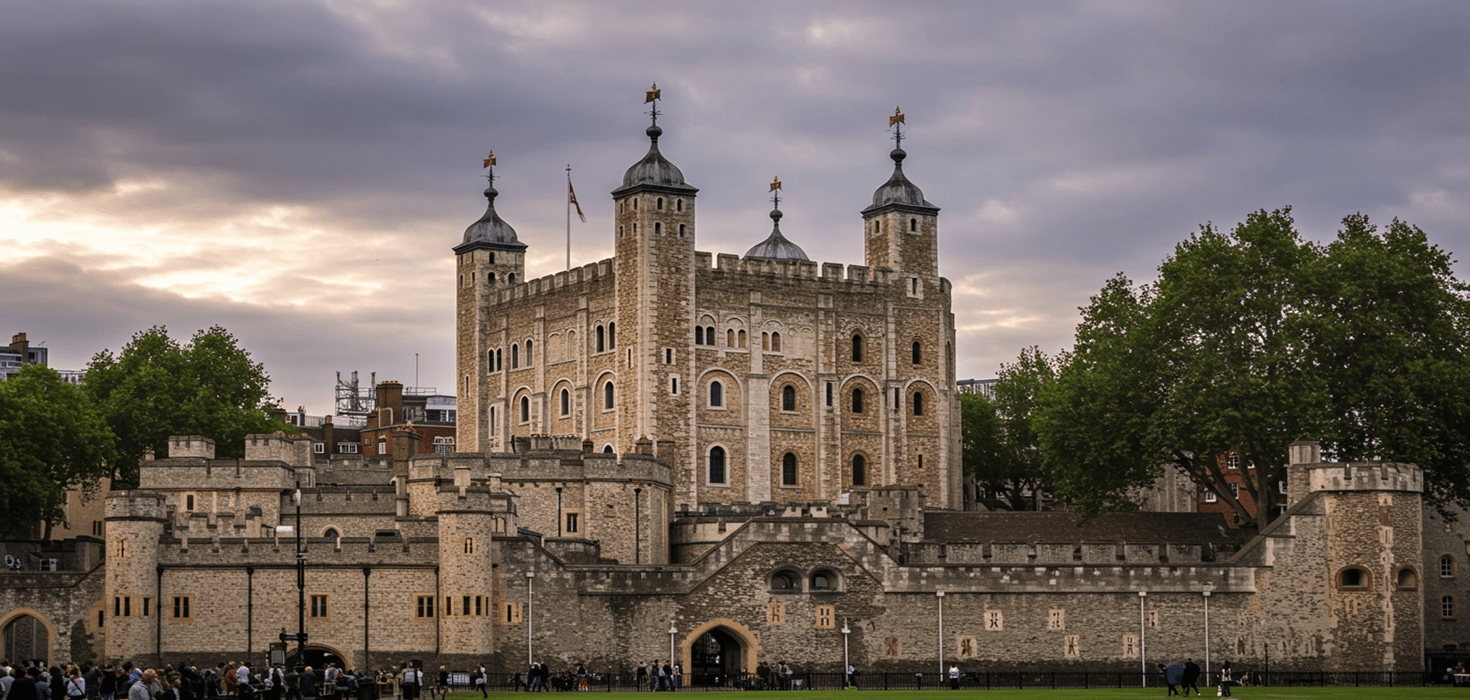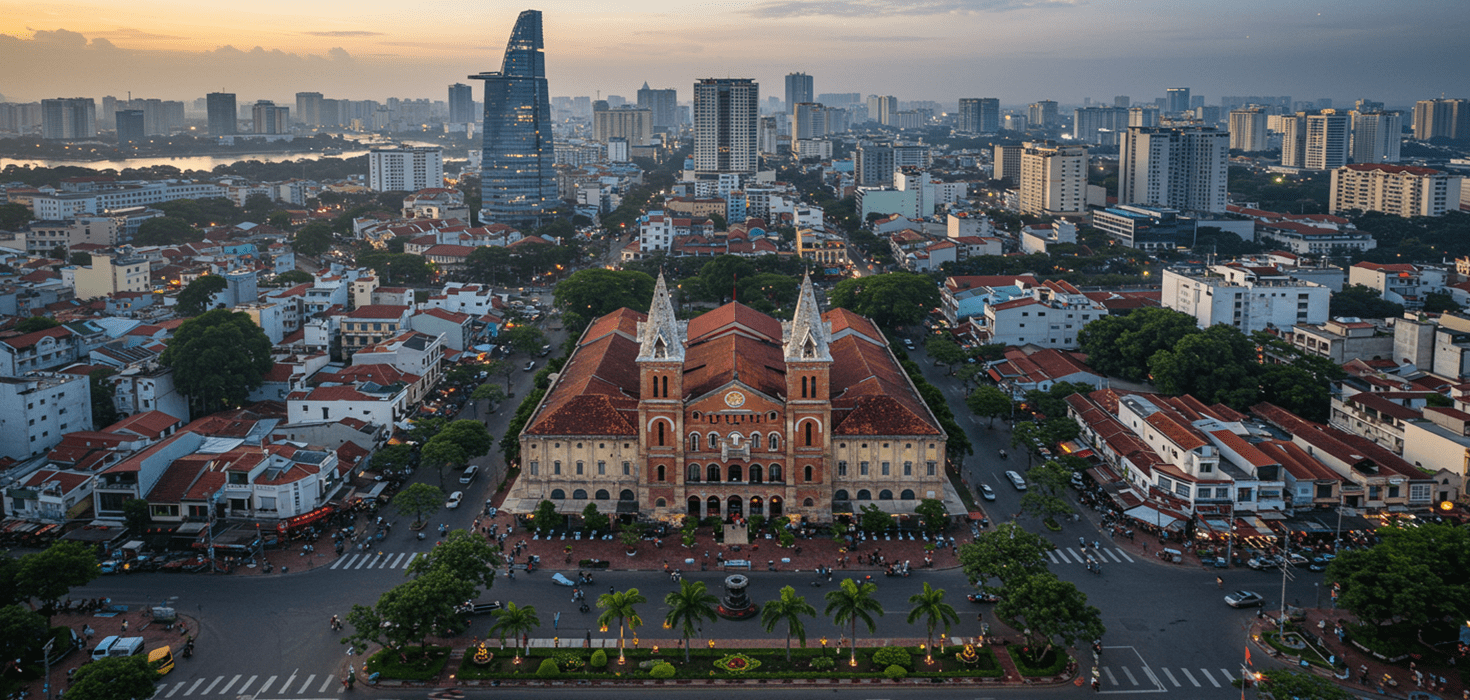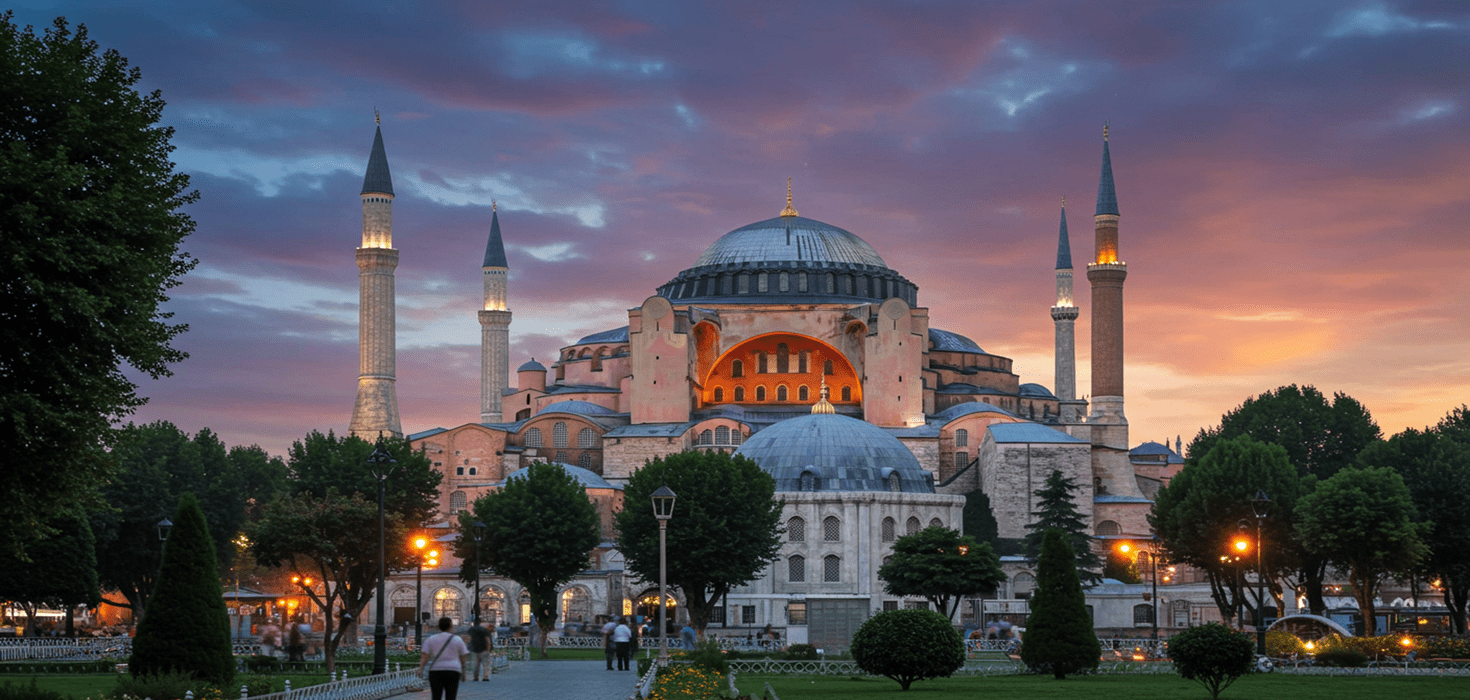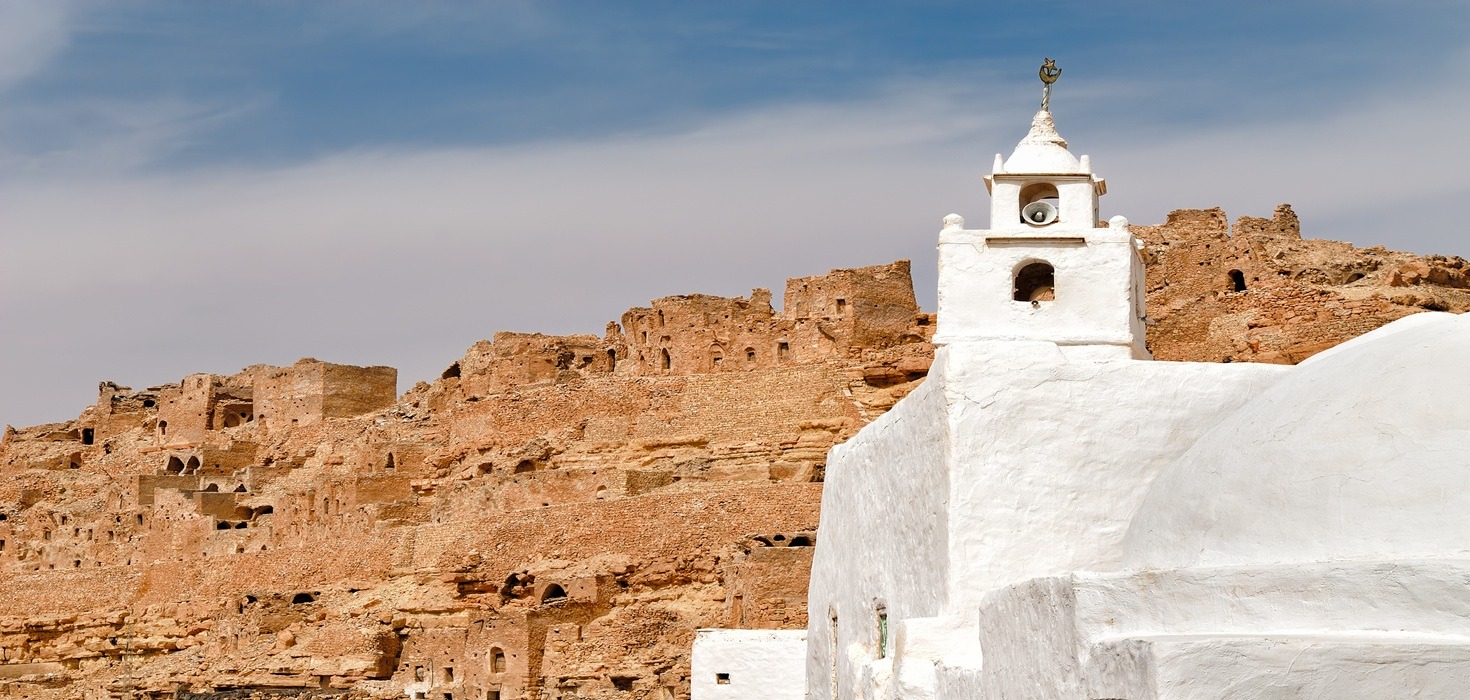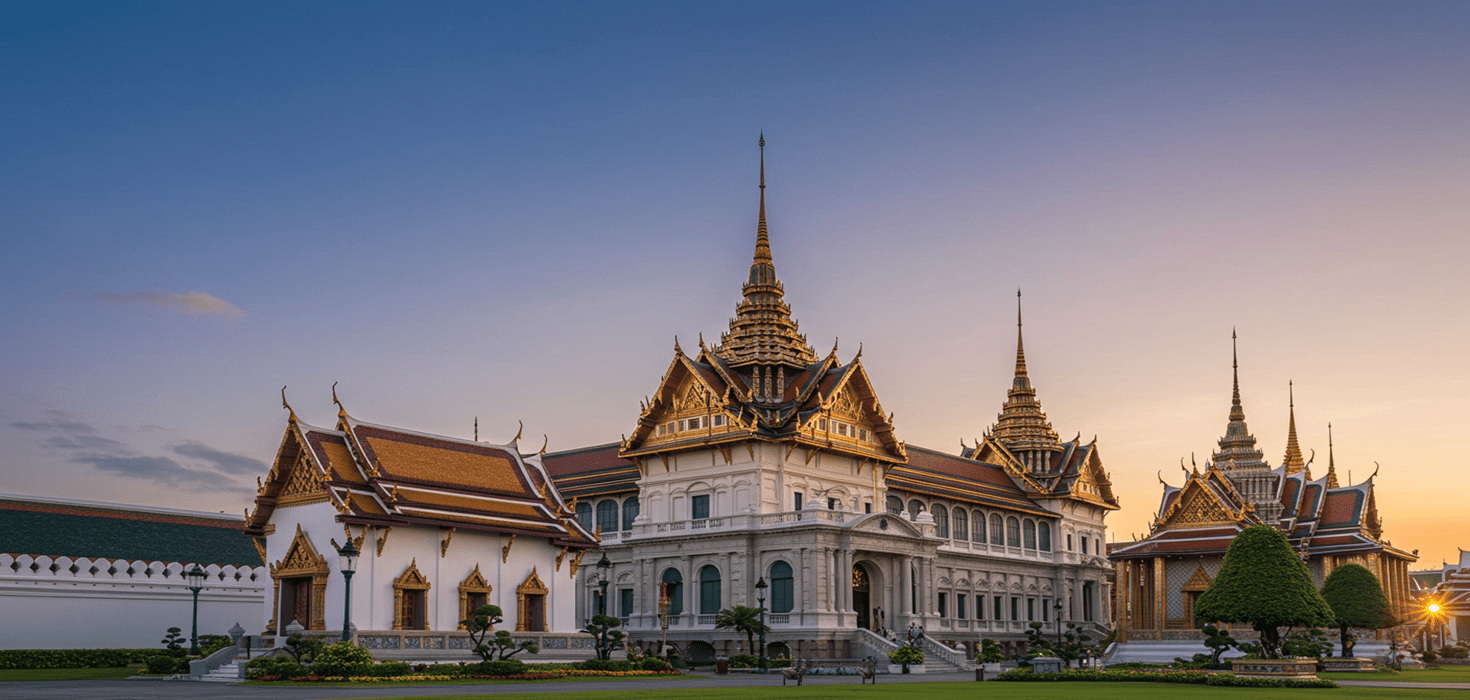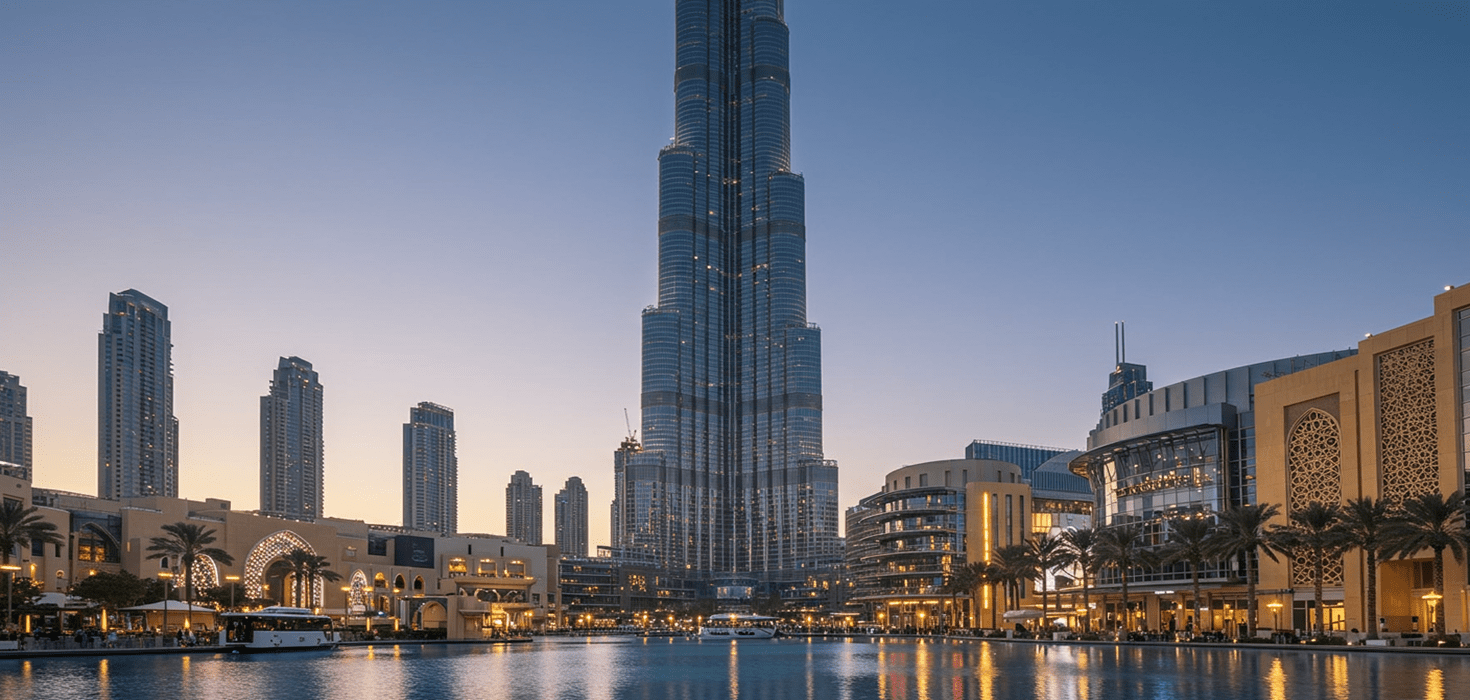Tochigi is known for impressive architectural feats, most notably Nikko Toshogu Shrine and Nikkozan Rinnoji Temple. It’s also home to art museums, stations, and hotels designed by internationally acclaimed architects. Let’s travel to Japan and experience the exquisite aesthetic of architectural art in Tochigi!
Tochigi Prefecture: Home to Many Famous Architectural Feats
Tochigi Prefecture is most known for Nikko Toshogu Shrine, a recognized World Heritage site. In addition to historical buildings, visitors to Tochigi will be stunned by several excellent designs of modern architecture.
This article introduces five architectural arts you won’t want to miss while traveling within Tochigi Prefecture.
1. Art Biotop Nasu: Interact with Nature
Art Biotop Nasu is an art and culture-themed resort.
The Suite Villa is a stand-alone dwelling consciously constructed to integrate nature into the design by world-renowned architect Shigeru Ban. There are also glass and pottery studios where visitors can participate in different workshops. This is alongside the Residence, an accommodation suited for long-term stays, as well as restaurants and a library on the resort grounds.
The Mizuniwa Water Garden has recently gained attention from international and domestic media. The land art completely differs from the concept of conventional gardens and is the work of Junya Ishigami, a next-generation architect. The “garden as architecture” is created by transplanting trees and shrubs from neighboring land, then drawing river water into a former 5,000 tsubo (16,550 square meters) meadow pasture.
The area’s history is expressed by intricately overlapping three elements—water, trees, and moss—that were originally part of this land.
By ingeniously combining nature within an artificial landscape, guests who walk through the garden can contemplate the relationship between humans and nature. This garden was envisioned to be a place where one faces the inner self.
Art Biotop Nasu
- Business Hours: Reservations required for Mizuniwa Water Garden tours
- Address: Tochigi, Nasu, Nasu, Takakuotsu Michiue 2294-3
- Fee: Water Garden tours are 2,970 yen. Guests dining at the restaurant or staying at the resort can tour the garden for free.
2. Nakagawa-machi Bato Hiroshige Museum of Art: Experience the Spirit of Edo
The painting styles and techniques of Utagawa Hiroshige, an ukiyo-e artist born in the Edo Period (1603–1868), significantly influenced Western impressionist artists.
The Nakagawa-machi Bato Hiroshige Museum of Art exhibits valuable artworks by Utagawa Hiroshige. A local entrepreneur collected these works during his lifetime.
The person behind the museum’s design is Kengo Kuma. He is an acclaimed architect who worked on the Japan National Stadium, the main venue for the Tokyo 2020 Olympic and Paralympic Games.
The Nakagawa-machi Bato Hiroshige Museum of Art uses cedar grown in Tochigi for the exterior of the building. The structure was constructed with a massive roof over what appears like a single-storied Japanese wooden building while using anticorrosive and non-flammable technology.
You can enjoy the museum in multiple ways during your visit. Gaze at the soft light filtering through the wooden planks that change with time, admire the artworks at your own pace, and relax at JOZO CAFÉ Setsugetsuka within the museum.
Nakagawa-machi Bato Hiroshige Museum of Art
- Business Hours: 9:30–17:00 (final entry at 16:30)
- Closed: Mondays (if Monday is a holiday, the following day will be closed instead), the day following a national holiday (open on Saturdays and Sundays)
- Address: Tochigi, Nasu, Nakagawa, Bato 116-9
- Fee: Themed exhibits are 500 yen, and special exhibits are 700 yen. Students pay 300 yen and 400 yen, respectively.
Please check the official website for additional details.
3. Michinoeki Mashiko: Purchase Produce and Handicrafts in a Rural Landscape!
Michinoeki is a rest area built along highways. Not only can drivers and nearby residents relax here, but you can also purchase fresh vegetables, fruits, and souvenirs.
Michinoeki Mashiko, a rest area surrounded by mountains and a rural landscape, is a facility that has become a source of vibrancy in Mashiko. There is a selection of over 100 Mashiko wares—a traditional and local style of pottery brimming with charm—and restaurants serving meals with ingredients produced in Tochigi. There is even a sightseeing and resettlement support center.
The building designed in the image of a mountain blends into the outdoor scenery thanks to large windows. The building materials feature Yamizo cedar, traditionally used in this region, and clay used in Mashiko ware.
The clean space feels invigorating, even if you’re standing inside the building.
Michinoeki Mashiko
- Business Hours: 9:00–18:00
- Closed: Every second Tuesday of the month
- Address: Tochigi, Haga, Mashiko, Nagatsutsumi 2271
- Fee: None
4. STONE PLAZA Nasu Ashino Stone Museum: Visit the Resurrection of an Old Stone Warehouse
Ashino in Nasu, Tochigi Prefecture once flourished as a production area for stone materials.
Kengo Kuma worked with a group of outstanding stone workers in 2001 to complete the STONE PLAZA Stone Museum in Ashino. The structure demonstrates the mystery surrounding geology and rock formations utilizing a stone warehouse that originally existed on the property. The museum even won the “International Stone Architecture Award 2001” in Italy.
The scenery produced by light, water, and stone seamlessly merges into the natural surroundings at STONE PLAZA Stone Museum. A multitude of sights is created in the museum space through features such as arrangements of thin stone slabs with alternating openings and colorful stone pillars.
STONE PLAZA Nasu Ashino Stone Museum
- Business Hours: 10:00–17:00 (final entry at 16:30)
- Closed: Mondays (if Monday is a holiday, the following day will be closed instead), winter closures from late December to late February
- Address: Tochigi, Nasu, Nasu, Ashino 2717-5
- Fee: Adults 800 yen, elementary and junior high school students 300 yen
Check This Out! The Nasu History Museum
The Nasu History Museum, another project designed by Kengo Kuma, is located near STONE PLAZA Nasu Ashino Stone Museum. The Nasu History Museum is a facility comprised of three buildings: the Jinya Gate (a gate built at a samurai’s residence in the Edo Period), a storehouse, and an exhibition hall.
You will feel the era change while looking at these buildings, which reflect the state of Japanese architecture in the past. You can also learn about Nasu’s entire history and spiritual climate from the invaluable exhibition hall inside the premises.
Nasu History Museum
- Business Hours: 9:00–17:00
- Closed: Mondays (if Monday is a holiday, the following day will be closed instead), New Years holiday (December 28–January 4)
- Address: Tochigi, Nasu, Nasu, Ashino 2893
- Fee: 200 yen
5. Hoshakuji Station & Chokkura Plaza: Be Stunned by Architecture Embodying Geometric Art!
Chokkura Plaza is where locals and community members go to mingle. The structure is made with Oya stone, a specialty of the region. It is actually the same stone used to build JR Hoshakuji Station and is highly regarded as a stone art museum created by restoring a stone warehouse.
The external walls, formed with consecutive diamond patterns, break away from the solemn and heavy image of stone. While walking and admiring the geometric patterns on the wall, you will soon be near a triangular entrance.
Upon entering the building, you will see sunlight filtering in from holes made of stone. It almost looks like a kaleidoscope.
Next to Chokkura Plaza is JR Hoshakuji Station. It has a diamond-patterned ceiling that extends endlessly and attracts the eye.
This ceiling, masterly made using undulations, expresses the softness of the wood while showcasing a daring design. Kengo Kuma’s aesthetic philosophy transformed the station from a transportation facility visitors merely pass by to a memorable place.
Chokkura Information Center
- Business Hours: 9:00–21:00
- Address: Takanezawa, Hoshakuji 2416
- Fee: None
